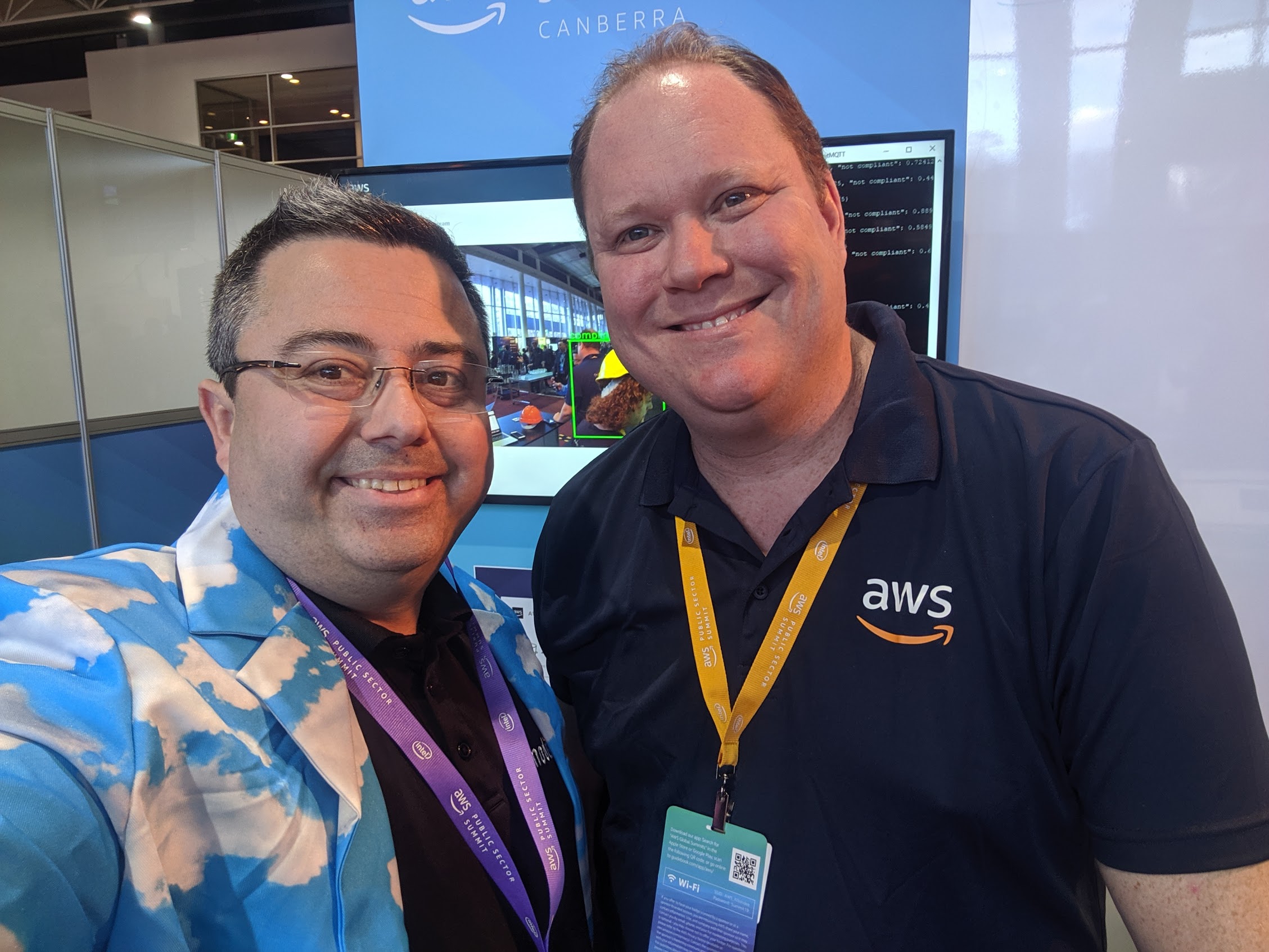bs the longest certified AWS individuals.
During my time with AWS, I also helped contribute to an early set of questions for the then-in-development Solution Architetc Professional certification. My contributions pulled upon my many years of involvement in Linux and Open Source, as well as my time then as AWS Security Solution architect for Australia and New Zealand.
As time (and I) moved on, I continued to sit more AWS certifications – at this time, I hold 8 AWS Certifications, and am awaiting results of the new Database Specialty certification. I’ve written many times about sitting these certifications, given guidance to friends and colleagues on sitting them. I’ve watched as the value to an individual of these certifications has increased, making them amongst some of the most respected, and best paid certifications in the technology field.
The attention to detail on running the certifications is high. The whole point of a certification is to discriminate fairly based on those who have the required capability to perform a task, and those who do not. If the certification were too easy, then it would undermine the value of the certification to those who are more adept in the topic.
Of course, the certification itself is not based on the same static set of questions. Some questions get invalidated over time as features get released and updated. Some services fall out of fashion, and new services are born that become critical (could you imagine running today without CloudTrail enabled).
The questions for these certifications are in a pool; and each time a candidate sits a certification, a subset of the currently active questions gets presented to them. The order of the questions is not fixed. The likelihood of two people getting the same questions, in the same order is extremely low.
However, over time, the pool runs low. Questions expire. New questions are needed.

In January 2020, I received a request to attend a question-writing workshop as a Subject Matter Expert (SME) for the Solution Architect Professional certification.
These workshops bring together some of the most capable, experienced AWS Cloud engineers on the planet. The goal is not to write questions that none of us could pass, but questions that all of us could pass that would bring more people into this tier.
Travel there
Arriving on Sunday, I managed to make it to my hotel, and then run to dinner with some dear friends and former colleagues from a decade ago who live in and around San Francisco.
Monday was a work day, so I was in the Modis office in San Francisco, talking to our team there about our cloud practice in Australia.

I was also lucky enough to cross paths with Corey Quinn, whom I had met when he came to Perth for the Latency conference in 2018. A quick coffee, and we realised we knew a fair number of people in common, across AWS, and the UK and Australia.

As timing was still working well, there was an AISA and NAB sponsored trade delegation with the Australian Consular General hosting an event in town on Monday evening. Many people were in town for the popular RSA Conference, so I popped along.
Small world it is, running in to Andrew Woodward of ECU, and Graeme Speak of Bankvault, both from Perth. I was also recognised from my AISA presentations over the last few years…

The exam workshop
14 Subject Matter Experts (SMEs) from around the world gathered in San Francisco for the Question writing workshop. The backgrounds were all varied, from end customers of massive national broadcasters, to finance workloads, government, and more.
Much time was spent trying to strike a fair balance of what should be passable, and trying to ensure the expression of the problems, and the answers, were as clear and unequivocal as possible.

Three days of this was mentally draining. But the team contributed and reviewed over 100 items. These items now go through review, and may eventually turn up in an exam that those aspiring to the professional lavel AWS certification will sit.

Thanks to the AWS team for organising and paying for my travel, and thanks to my team for letting me participate.



















